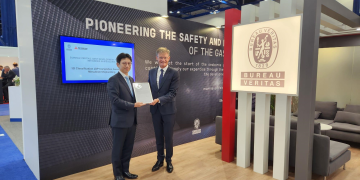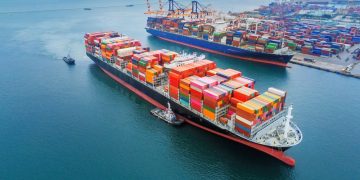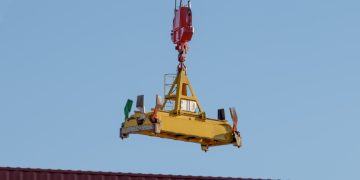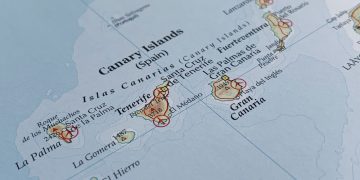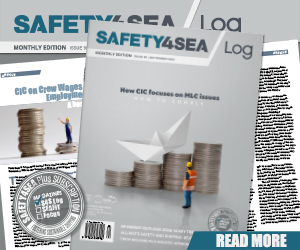How to prevent failure of lifting wire ropes
AMSA Marine Notice 18/2015 AMSA has issued Marine Notice 18/2015 to advise operators, masters and crew how to ensure the safe operation of lifting appliances and associated equipment in order to prevent failure of lifting wire ropes.AMSA urges ship operators, masters and crew to review and familiarise themselves with all the requirements of Marine Order 32. In order to ensure compliance with the Marine Order and to ensure safe operations, it is necessary to regularly inspect the condition of lifting appliances and associated equipment, including crane wire ropes.Marine Order 32 (Cargo handling equipment) 2011 defines "lifting appliance" as "a stationary or mobile cargo-handling appliance used on board a vessel for suspending, raising or lowering or moving loads from one position to another while suspended or supported, including a crane, a derrick crane, a derrick, a cargo lift and a mechanical ramp".Concerns with crane wire ropesAMSA has received a number of incident reports involving crane wire ropes. These incidents involved the failure of lifting wire ropes, improper securing of wire ropes and operator error. Such incidents present risks of serious injury, fatality and/or damage to the vessel.Of great concern is the sudden failure of a crane wire rope under load, resulting ...
Read more


















